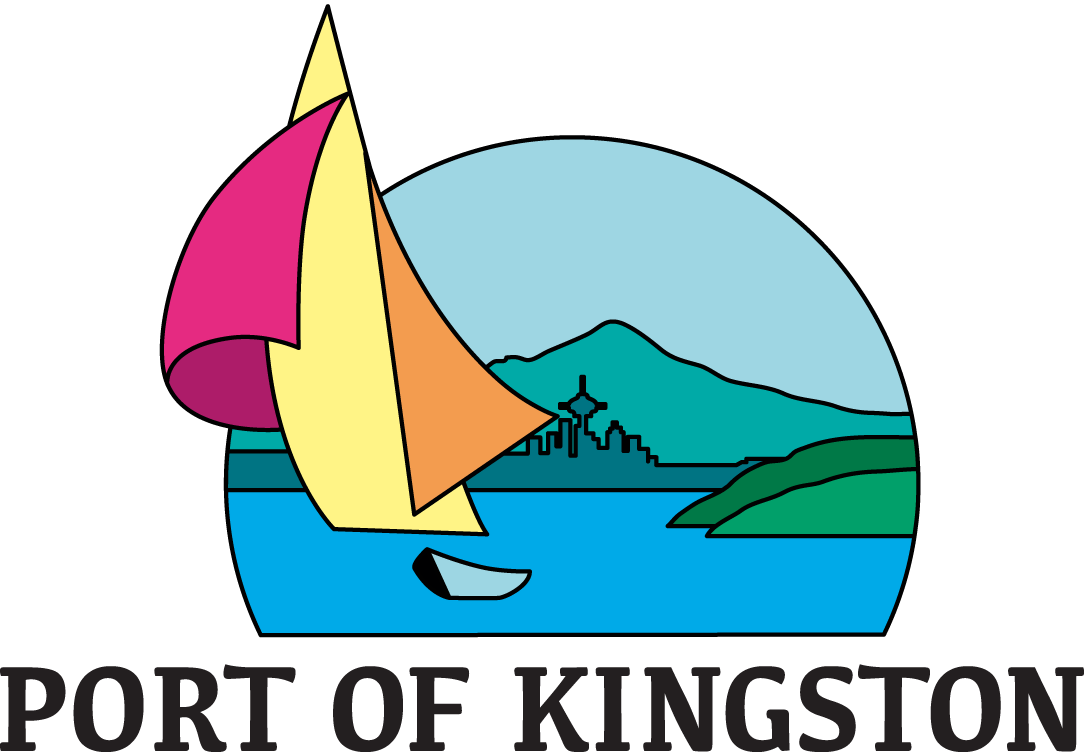As the days grow longer and the weather warms, boat owners in the PNW eagerly anticipate the start of the boating season. However, before getting underway on your first spring adventure, it’s essential to ensure that your boat is in a safe and clean condition. Here are some tips for spring boat maintenance to help you enjoy safe cruising all season long.
- Inspect the Hull and Exterior: Begin by thoroughly examining the hull for any signs of damage, such as cracks or blisters. Small cracks at the base of lifeline stanchions should be repaired be they turn into large cracks that may leak. Clean the hull and deck to remove any dirt, grime, or salt buildup from the previous season.
- Check the Engine and Mechanical Systems: Inspect the engine, fuel lines & hoses, looking for chafing, swelling, old hose clamps that should be changed out. With electronics it’s good to check electrical wires for any signs of damage, discoloration, loose connections, or deterioration. If the equipment has an inline fuse-check it for signs of corrosion, it is a good time to change out the fuse as a preventive measure, Change the oil & fuel filters, pay attention to the water separator if you have one. Change out spark plugs if needed and lubricate moving parts like shifting cables and throttle cables to ensure smooth operation. Test the battery and charging system to ensure they are functioning correctly.
- Inspect Safety Equipment: Check that all safety equipment, including life jackets, fire extinguishers, and distress signals, are ready to use and up to date. Replace any expired items and ensure that they are easily accessible in case of an emergency.
- Test Navigation and Communication Devices: Verify that all navigation lights, GPS systems, and communication devices are working correctly. Replace any burned-out bulbs or malfunctioning equipment and ensure that you have adequate backup navigation tools on board.
- Inspect Plumbing and Bilge Systems: Check the bilge pumps, hoses, and plumbing systems for any leaks or blockages. Clean and test the bilge pumps to ensure they are operational in case of flooding or excess water accumulation.
- Check Trailer and Trailer Lights: If you use a trailer to transport your boat, inspect it for any signs of wear or damage. Check the trailer lights to ensure they are functioning correctly and replace any broken or burned-out bulbs. Grease wheel bearings, check brakes and safety chains.
- Review Insurance and Registration: Ensure that your boat insurance and registration are up to date before hitting the water. Review your coverage to ensure that it meets your needs and provides adequate protection for your vessel.
- Schedule Professional Maintenance: Consider scheduling a professional boat maintenance service to perform a comprehensive inspection and tune-up before the start of the season.
- Below the waterline: At the boat yard have the hull pressure washed and inspect bottom paint. Check the propellers, thruster tunnel & impellers, rudders, water intake, swim step brackets, and exhaust discharge.
